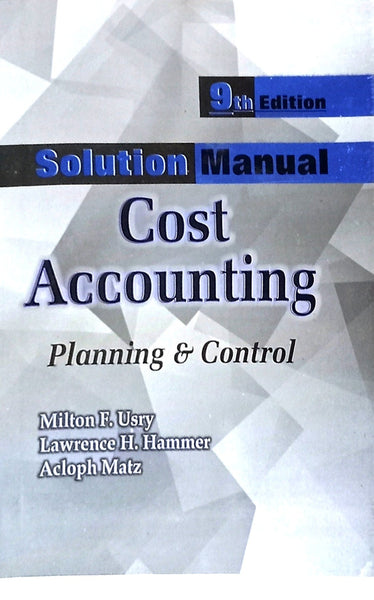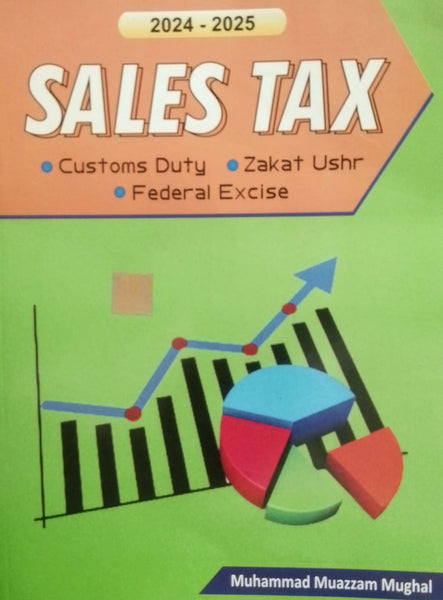Fundamentals Of Corporate Finance 13th Edition By Stephen A Ross
- Publisher: Accounting & Finance
- Availability: In Stock
- SKU: 48885
- Number of Pages: 1009
Rs.1,890.00
Rs.2,595.00
Tags: affordable prices , Asset pricing , Behavioral finance , best books , best books online , Best Price , best prices , Best Selling Books , best shop , BestBuy’s , Bond valuation , Book Shop , Book shopping , bookshop , bookshop Multan , bookshop near me , bookshop online , bookshop online Multan , bookshopPakistan , Business valuation , buy online books , Capital structure , Cash flow analysis , Cash flow forecasting , Convenient Shopping , Cost of capital , Credit risk , Debt financing , digital shopping , Dividend policy , Entrepreneurial finance , Equity financing , Financial derivatives , Financial engineering , Financial ethics , Financial forecasting , Financial ratios , Fixed income analysis , Fundamentals Of Corporate Finance , good books , good booksonline , Hedging strategies , Initial public offering , Internet Shop , Investment analysis , Investment banking , IRR , Leverage , Liquidity management , Market risk , Mergers and acquisitions , NPV , one stop shop , Online Book Shop , ONLINE BOOKS , Online Books Shop , online books store , Online Bookshop , Online Bookshop Pakistan , online bookstore , online shop , online shopping , Online Shopping Pakistan , OnlineShoppingPakistan , Pakistan Bookshop , PakistanBookshop , PakistanOnlineShopping , Portfolio management , price cut , price-friendly Comprehensive , Profitability analysis , ReasonablePrice , reduced price , secure shopping , Shopping , ShopSmartPakistan , Stephen A Ross , Stock valuation , Strategic finance , Sustainable finance , Tax planning , Time value of money , Virtual Shop , Working capital management
Fundamentals of Corporate Finance 13th Edition by Stephen A. Ross and Randolph W. Westerfield provides a thorough grounding in the core principles and concepts of corporate finance. The book covers essential topics such as financial statements, time value of money, risk and return, capital budgeting, and financial planning. Designed for students and professionals, it offers a blend of theoretical frameworks and practical applications to help readers make informed financial decisions.
1. Financial Statements and Cash Flow Financial statements are crucial for understanding a company's financial health. They provide insights into profitability, liquidity, and solvency. Cash flow statements reveal how money moves within an organization, highlighting operational efficiency and financial stability.
2. Time Value of Money The time value of money concept emphasizes that a dollar today is worth more than a dollar in the future due to its potential earning capacity. This principle underpins many financial decision-making processes, including investment evaluations and loan amortizations.
3. Valuation of Bonds and Stocks Understanding the valuation of bonds and stocks is fundamental in corporate finance. It involves calculating present and future values, considering interest rates, dividends, and market conditions. Accurate valuation helps investors make informed purchasing and selling decisions.
4. Risk and Return The relationship between risk and return is a core concept in finance. Higher potential returns come with higher risks. This trade-off is analyzed through various models and metrics to guide investment strategies and risk management practices.
5. Capital Budgeting Capital budgeting involves planning and managing a firm's long-term investments. Techniques such as Net Present Value (NPV), Internal Rate of Return (IRR), and Payback Period are used to evaluate potential projects and their contributions to the firm's value.
6. Financial Planning and Forecasting Effective financial planning and forecasting are essential for setting realistic goals and strategies. This includes analyzing historical data, projecting future performance, and creating budgets to ensure the company's financial stability and growth.
7. Capital Structure and Leverage Capital structure refers to the mix of debt and equity financing used by a firm. Leverage involves using borrowed funds to amplify returns. The optimal capital structure balances risk and return, minimizing the cost of capital and maximizing shareholder value.
8. Dividend Policy Dividend policy determines the portion of earnings distributed to shareholders versus reinvested in the company. Factors influencing dividend decisions include profitability, growth opportunities, and market conditions. A well-designed dividend policy can enhance shareholder satisfaction and company valuation.
9. Working Capital Management Working capital management focuses on managing short-term assets and liabilities to ensure liquidity and operational efficiency. This involves optimizing inventory levels, managing receivables and payables, and ensuring sufficient cash flow for daily operations.
10. International Corporate Finance International corporate finance addresses financial management in a global context. It includes foreign exchange risk management, cross-border investment analysis, and understanding international financial markets. Globalization requires firms to adapt strategies for managing financial operations across different countries.
In conclusion, Fundamentals of Corporate Finance 13th Edition by Stephen A. Ross and Randolph W. Westerfield equips readers with essential knowledge and skills for making informed financial decisions. The book's comprehensive coverage of financial principles and practical applications ensures a robust understanding of corporate finance, preparing students and professionals to navigate the complexities of the financial world.
════ ⋆★⋆ ════
Writer ✤ Stephen A Ross & Randolph W Westerfield





















